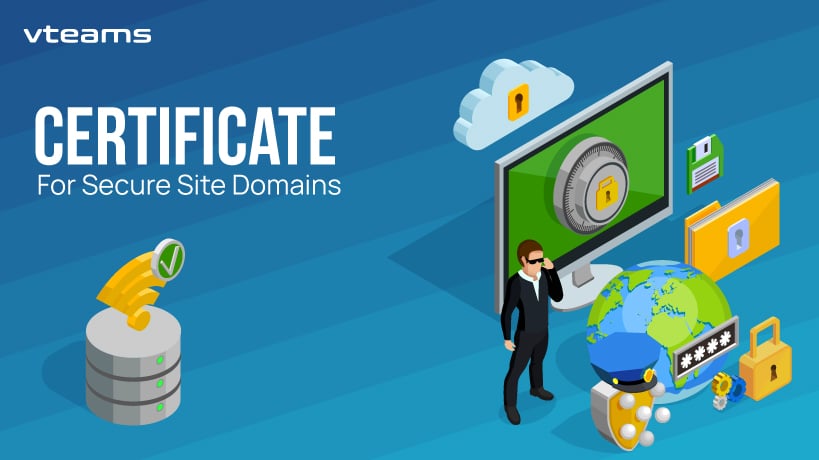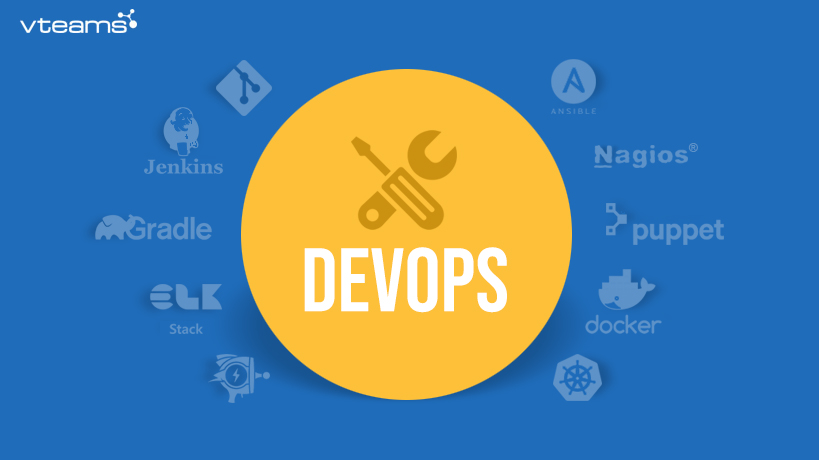Giving site visitors autonomy is important; providing them the functional and creative freedom to express their opinions, run their businesses with the best possible practices and share their thoughts are often the cornerstones of any community.
When our team was asked to develop a web platform that would allow all of this and more, we got a bit more than we’d initially bargained for.
The platform in question would allow users to sign up for their own sub-domains. They’d also be able to maintain their own domains on our client’s site; overall, a pretty sweet deal.
As tends to occur in software (we like to say Murphy’s Law applies especially to our work), extenuating circumstances made themselves known; sensitive data such as credit card information needed to be collected through the platform – we needed an SSL certificate, which was no problem whatsoever. However, after discussing this easily fulfilled and basic need with our client, he revealed that not only did he require the basic certification but that he needed the entire site’s sub-domains, add-on domains and parked domains, secured.
If the knowledge happens to be new to you, there are many types of certificates available, all distinguished by their function. What we needed was to “tame the wildcard.” The “wild card” in question being the elusive certificate that would allow all sub-domains to be secured.
Our challenge came about when we realized we’d need two certificates; our “wild card,” and another certificate that would allow multiple domains to be secured. Easy enough, except that we only had one IP and traditionally only one certificate can apply.
We advised our client to invest in both our “wild card” certificate and the other certificate that we needed; once this was accomplished, we were able to negotiate with the certificate provider to create a custom “wild card” that would merge both, fulfilling our needs and the expectations of our client.
Even when solutions look complicated, we’re able to find a viable solution, effectively taming the “wild card.”















0 Comments